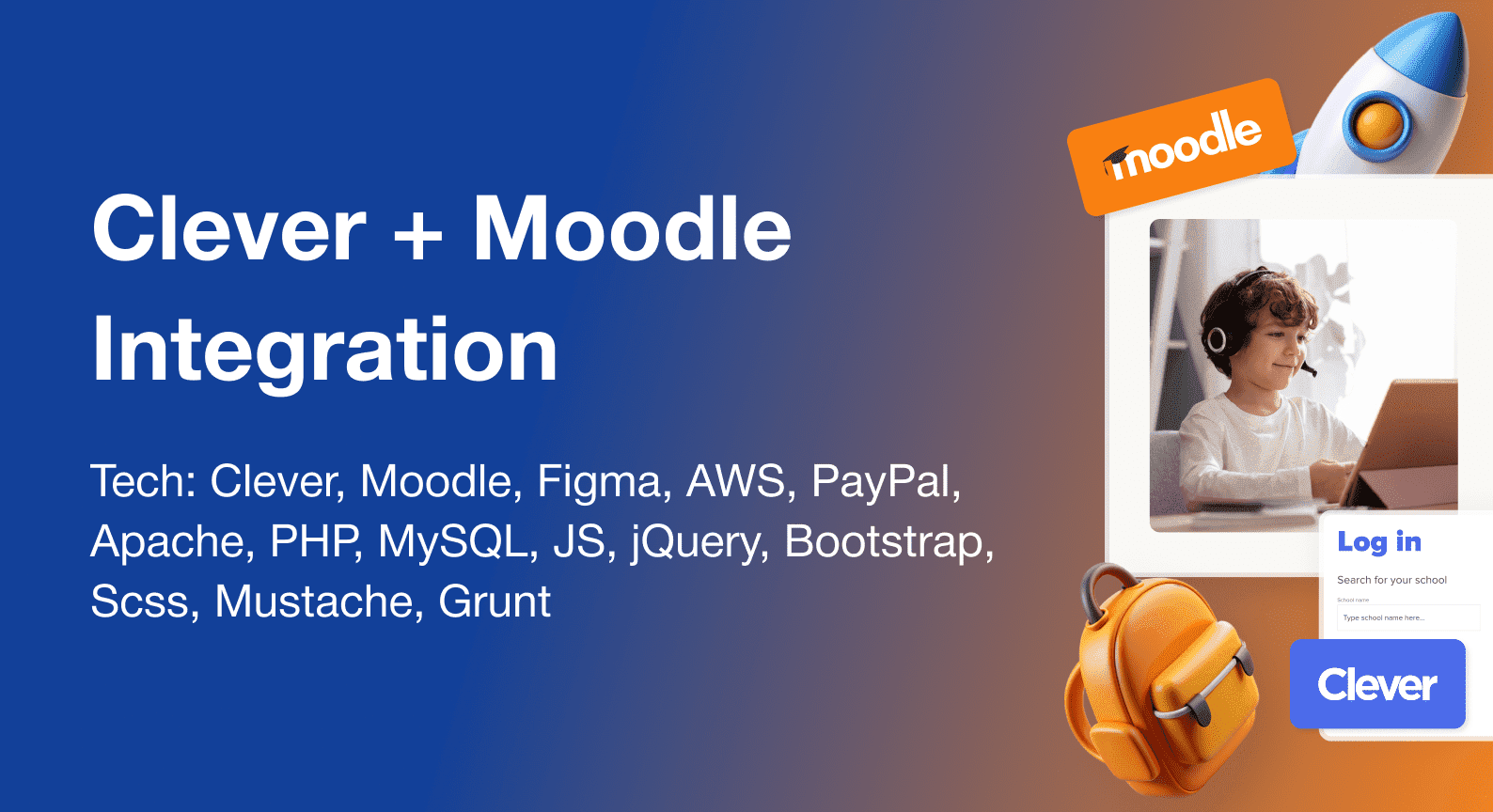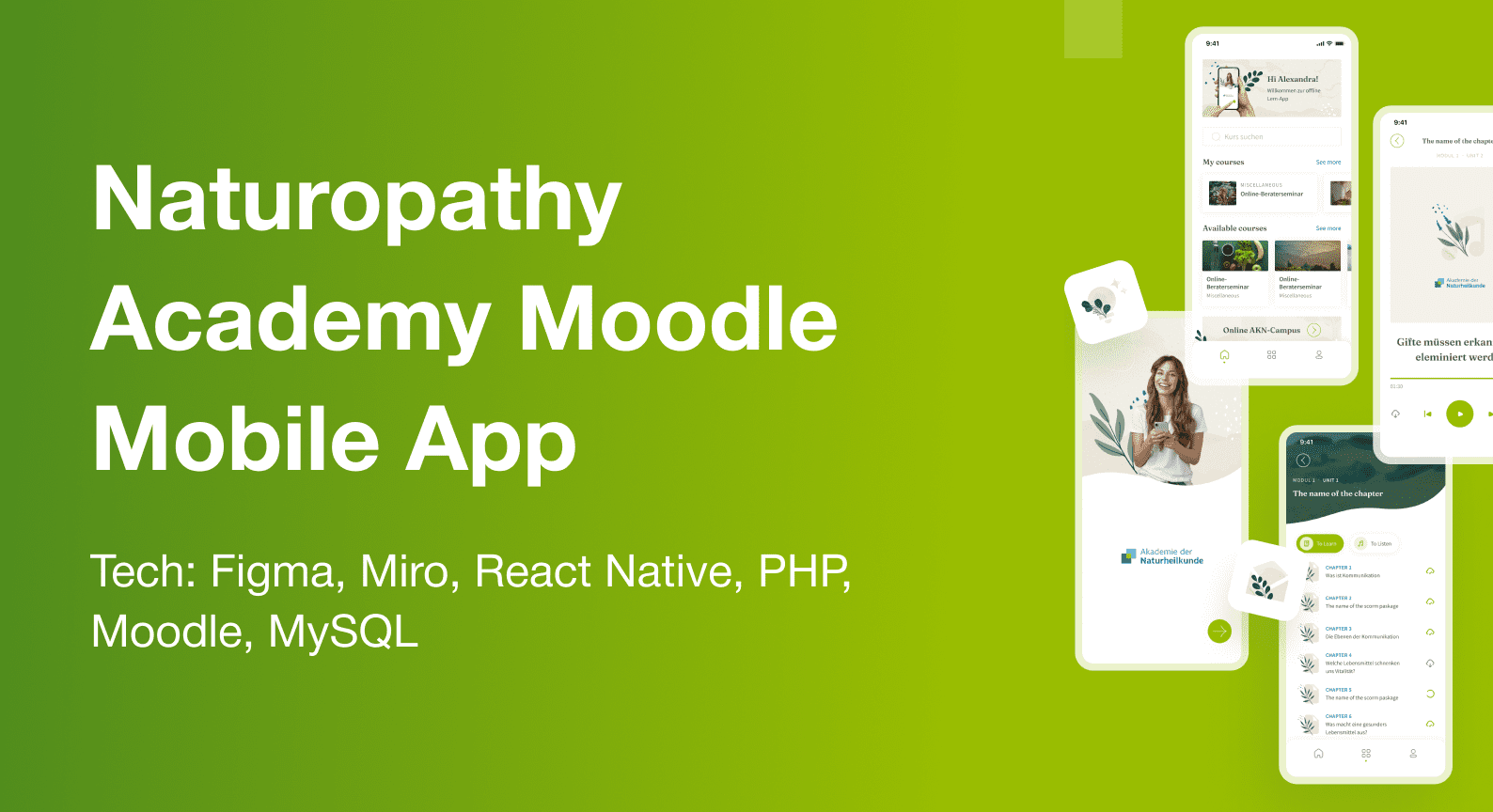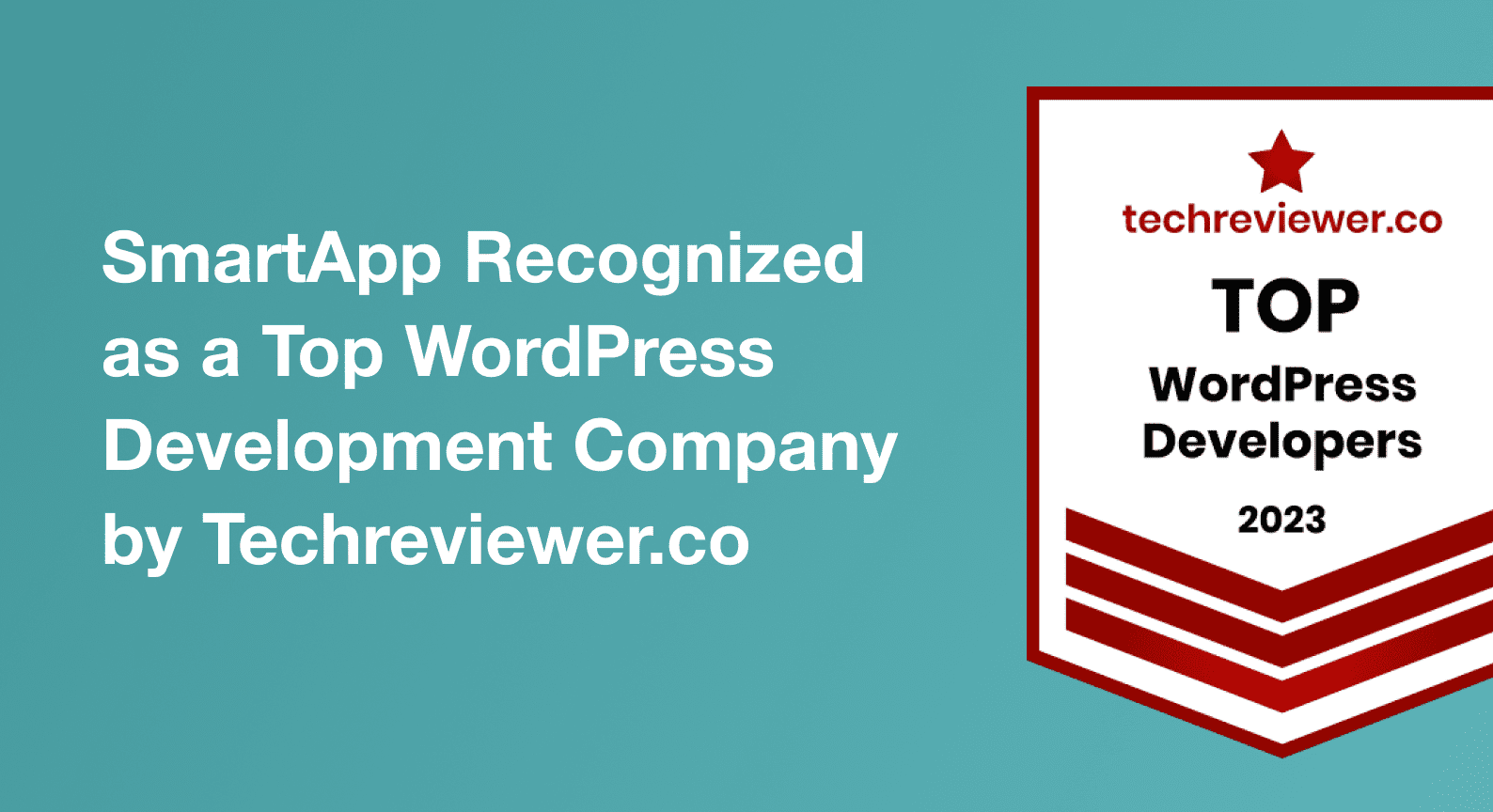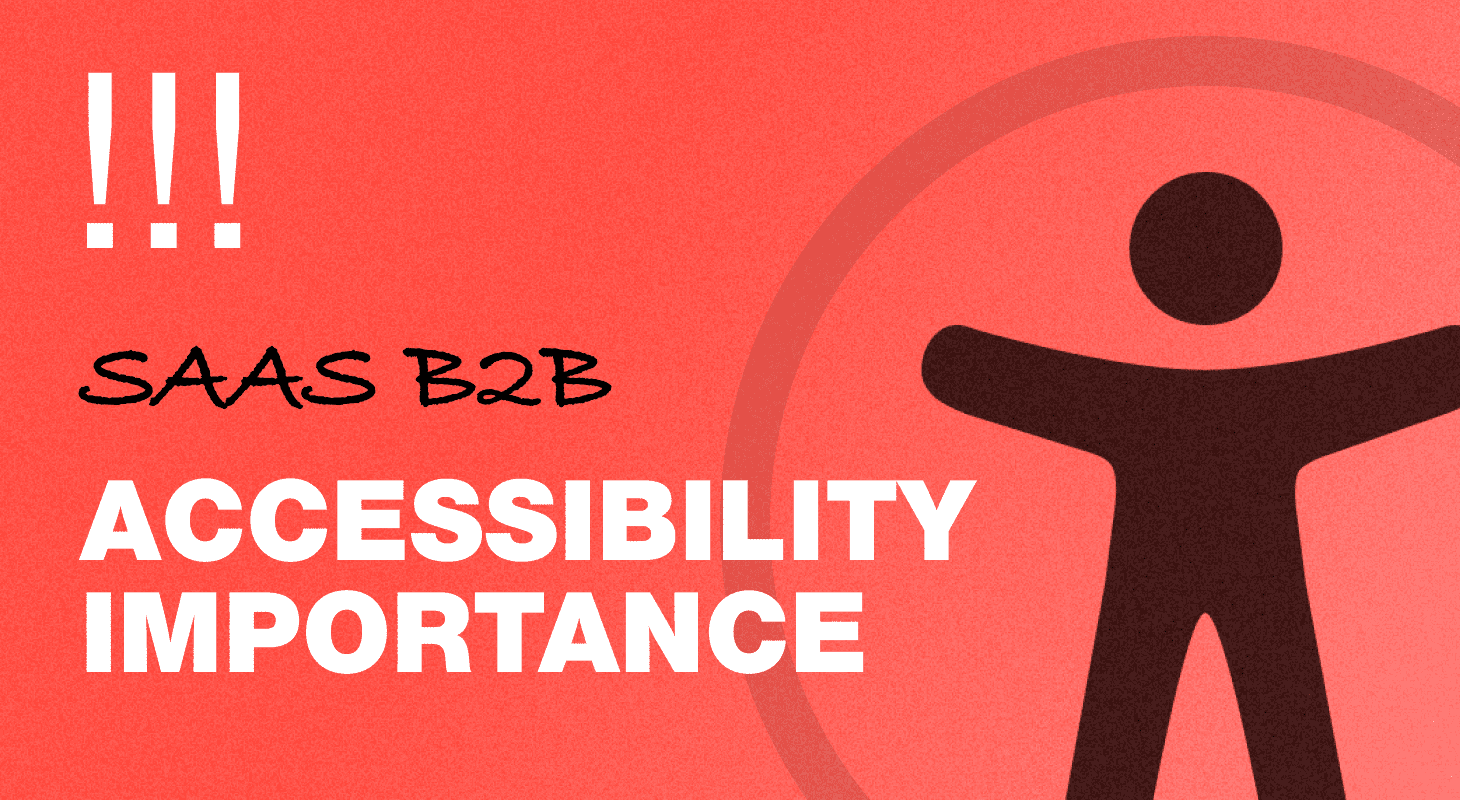Effective B2B marketing tactics for SaaS businesses
May 25, 2023
9 min read

Daria
Marketing specialist
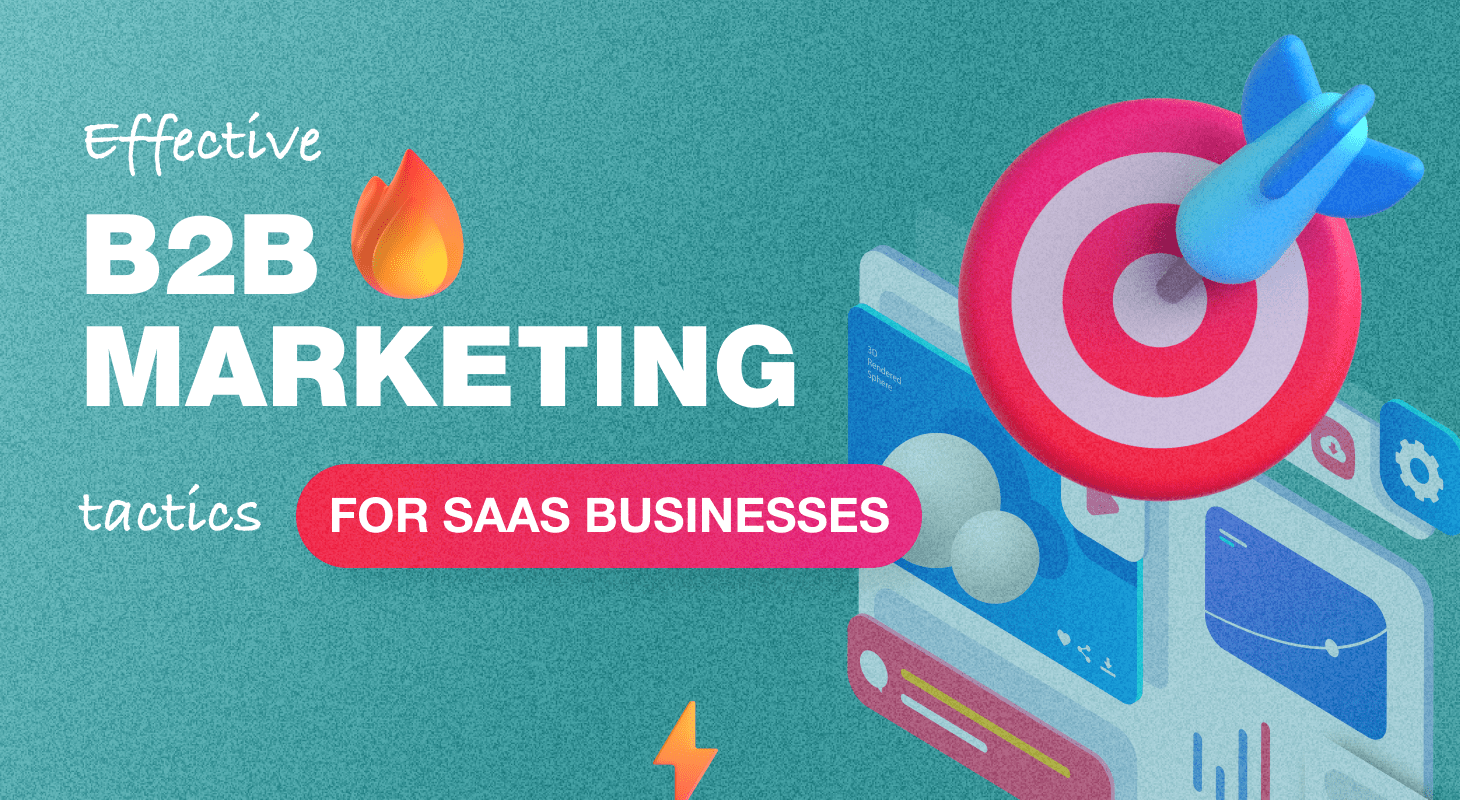
To attract new clients and differentiate yourself in a crowded SaaS market, implementing an effective B2B marketing strategy is crucial. In this article, we’ll delve into proven tactics for marketing your SaaS business to other businesses.
Let’s explore these strategies that can help you stand out and capture the attention of potential clients.
B2B Marketing Explained
B2B marketing is the process of promoting products or services to other businesses. The goal of B2B marketing is to build relationships with potential clients and convert them into paying customers. B2B marketing typically involves a longer sales cycle than B2C marketing, as businesses often require more research and evaluation before making a purchase.
B2B Marketing Goals to Keep in Mind
Before diving into specific tactics, it’s important to keep your marketing goals in mind. Some common B2B marketing goals include:
- Generating leads and converting them into paying customers
- Building brand awareness and establishing your business as a thought leader
- Retaining existing customers and increasing their lifetime value
- Improving customer satisfaction and loyalty
Now that you have an idea of what you’re trying to achieve, let’s explore some effective B2B marketing tactics for SaaS businesses.
- Determine Your Brand Positioning:
Brand positioning is crucial for differentiating your SaaS business from competitors. Conduct market research to understand your target audience’s needs and preferences. Use this information to develop a unique value proposition that clearly articulates the benefits and advantages of your product. Craft messaging that resonates with your audience and positions your brand as the go-to solution in the market.
- Invest in Content Marketing:
Content marketing is a foundational tactic for SaaS businesses. Create a content strategy that focuses on providing valuable and educational content to your target audience. This can include blog posts, e-books, industry reports, videos, and podcasts. Develop a content calendar to ensure consistent delivery of high-quality content that addresses your audience’s pain points and positions your SaaS solution as the ideal solution.
- Use Account-Based Marketing:
Account-based marketing (ABM) allows you to focus your marketing efforts on specific target accounts. Identify key decision-makers within those accounts and develop personalized marketing campaigns to engage them. Tailor your messaging, content, and outreach strategies to address their pain points and demonstrate how your SaaS solution can solve their unique challenges. ABM can significantly improve your conversion rates and accelerate your sales cycle.
- Develop a Strong Lead Nurturing Strategy:
Lead nurturing is essential for guiding potential customers through the buying journey. Implement marketing automation tools to personalize and automate your lead nurturing process. Segment your leads based on their interests, behavior, and buying stage, and deliver targeted content that educates and nurtures them toward conversion. Use email marketing, webinars, and personalized messaging to build trust and credibility.
- Invest Heavily in Search Engine Optimization:
Search engine optimization (SEO) is crucial for improving your organic visibility and attracting relevant traffic to your website. Conduct keyword research to identify the terms your target audience uses when searching for solutions like yours. Optimize your website structure, meta tags, headings, and content with these keywords. Create valuable and shareable content to attract backlinks and improve your search engine rankings.
- Research Customer Pain Points:
Understanding your customers’ pain points is vital for crafting effective marketing messages. Conduct thorough market research, engage in surveys and interviews, and analyze customer feedback to identify their pain points and challenges. Develop buyer personas that represent your ideal customers and tailor your messaging to address their specific pain points and demonstrate how your SaaS solution can alleviate them.
- Reviews, Testimonials & Case Studies:
Leverage the power of social proof by showcasing reviews, testimonials, and case studies from satisfied customers. Encourage your customers to share their positive experiences with your SaaS solution. Highlight the results they have achieved and the specific benefits they have gained. Publish these testimonials on your website, social media channels, and other marketing materials to build trust and credibility with potential customers.
- Harness the Power of Social Media:
Utilize social media platforms to engage with your target audience, build brand awareness, and establish thought leadership. Identify the platforms where your audience is most active and create a social media strategy accordingly. Share valuable content, engage in industry discussions, and participate in relevant communities. Build relationships with industry influencers and leverage their networks to expand your reach.
- Targeted Content:
Segment your audience based on demographics, pain points, and buying stages. Develop targeted content tailored to each segment’s needs and preferences. This can include industry-specific guides, case studies, webinars, and personalized email campaigns. By delivering relevant
content to each segment, you enhance their engagement and increase the likelihood of conversion. Personalize your messaging to address their pain points directly and showcase how your SaaS solution provides the ideal solution for their specific challenges.
- Marketing Automation & CRM:
Implement marketing automation tools and customer relationship management (CRM) systems to streamline your marketing efforts and effectively manage your leads and customer interactions. Automate repetitive tasks such as email campaigns, lead scoring, and lead nurturing workflows. Use CRM data to track customer interactions, personalize your communication, and gain insights into your customers’ behavior and preferences.
- Develop a Strong Website:
Your website serves as the central hub for your online presence. Optimize your website for user experience, ensuring it is visually appealing, easy to navigate, and mobile-friendly. Clearly communicate your value proposition and key benefits. Incorporate elements such as customer testimonials, case studies, and interactive demos to showcase the value of your SaaS solution. Implement clear call-to-action buttons and optimize your website’s conversion paths to drive lead generation and customer acquisition.
- Referral Marketing:
Tap into the power of word-of-mouth marketing by implementing a referral program. Incentivize your existing customers to refer their contacts and colleagues to your SaaS business. Offer rewards or discounts for successful referrals. Create a seamless referral process that makes it easy for customers to share their positive experiences and track the referral progress. Referral marketing can generate highly qualified leads and contribute to the growth of your customer base.
- Target Customers with PPC:
Pay-per-click (PPC) advertising allows you to target specific keywords and demographics to reach your ideal customers. Create compelling ad copy and landing pages that align with the search intent of your target audience. Use platforms like Google Ads and LinkedIn Ads to run targeted PPC campaigns. Continuously monitor and optimize your campaigns to maximize your return on investment (ROI) and drive qualified traffic to your website.
- Mix Up Your Marketing Channels:
Diversify your marketing efforts by utilizing multiple channels to reach your target audience. Besides content marketing and social media, explore other channels such as email marketing, webinars, industry events, and partnerships with complementary businesses. By reaching your audience through various touchpoints, you increase brand visibility and engagement, ultimately driving more conversions and revenue.
- Analyze and Optimize:
Regularly analyze the performance of your marketing campaigns and tactics. Track key metrics such as website traffic, conversion rates, customer acquisition costs, and customer lifetime value. Use data-driven insights to identify areas of improvement and optimize your marketing strategies. Experiment with different approaches, A/B test your messaging and design elements, and adapt your tactics based on the results.
Conclusion
B2B marketing for SaaS businesses requires a strategic approach that focuses on building relationships with potential customers, establishing your brand as a thought leader, and providing value through content and targeted messaging.
By implementing these detailed and comprehensive B2B marketing tactics, you can significantly enhance your SaaS business’s growth and success. Remember to continually adapt and refine your strategies to align with evolving market trends and customer preferences.
Ready to take your SaaS business to new heights? Our team of experts is here to help you navigate the world of B2B marketing and drive exceptional results. Contact us today for a personalized consultation and let’s discuss how we can tailor our development services to meet your unique needs. Don’t miss out on the opportunity to transform your business – reach out to our experts now!


